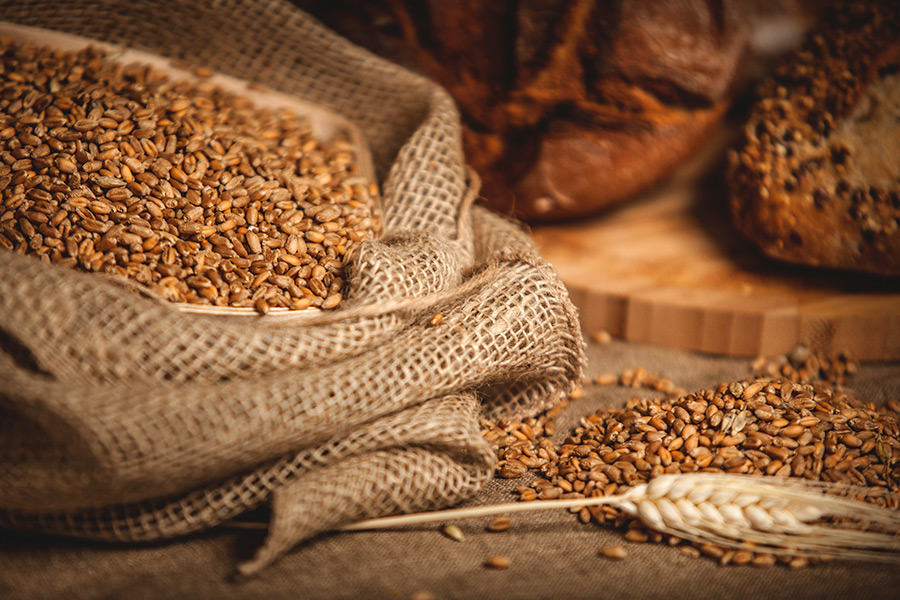Four Easy Ways to Make Healthier Substitutes
Jan 20, 2016
by freespiritedjen 2 comments · Leave a comment

When you first make the decision to improve your eating habits, it can seem very overwhelming and hard to know where to start. Rather than an ambitious dietary overhaul that you keep putting off, try introducing these simple substitutes, to help kick-start a gradual lifelong healthy eating habit:
- Cook / bake with coconut oil instead of less stable vegetable oils. Healthy saturated fats that are solid at room temperature such as coconut oil have a higher ‘smoke point’, meaning they can tolerate higher temperatures before going rancid. Other vegetables oils (like sunflower and olive oils) contain more polyunsaturates, which have their health benefits, but are not so stable at high cooking temperatures. I even make my own ‘butter’, using odourless coconut oil, a little turmeric for a subtle yellow colouring and a pinch of sea salt. I wish I’d discovered this years ago instead of all that soya margarine I used to slather onto my toast!
- Use crystallised coconut nectar, Xylitol or stevia instead of sugar. These alternatives all have fewer calories than sugar and have less affect on blood sugar levels. I use coconut nectar in place or brown sugar, and Xylitol in place of white. My children have never noticed the difference!
- Use a wider variety of grains. Whether you consider yourself to be gluten sensitive or not, we generally rely way too much wheat-based foods in our diet. Overdoing certain foods is a sure way to trigger future sensitivities. As a way of reducing this wheat intake, why not give kamut, spelt or rye a go instead of ordinary wheat flour? They still contain gluten, but in much smaller amounts and are generally found to be much more easily digested, and less likely to cause sensitivity or bloating. Another way of cutting down your daily wheat intake might be to have an oat based breakfast (i.e. porridge), and a rye bread sandwich for lunch, instead of the usual wheat based cereals and breads.
- Taste your food before reaching for the salt. If you like to use salt in your cooking, switch to mineral-rich pink Himalayan salt or sea salt instead of table salt, which contains unhealthy additives.
So, just making a few simple switches like these can have a significant impact on your health.
Have you got any healthy alternatives that work for you and your family? Please share here!







For sweetness without the calorie creep, I like to mash up a banana and use it in lieu of jam or peanut butter on crisp breads or bagels. Big on potassium, with a tangy edge to its sweetness, there’s no beating bananas!
Sounds yummy!